New Jersey’s Interagency Wildland Fire Group

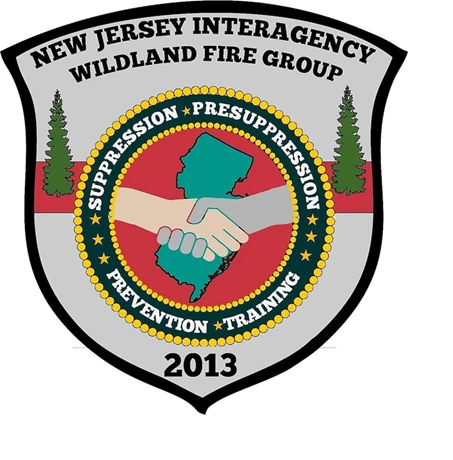
Photo by JOHN RIETHOfficial Group Logo
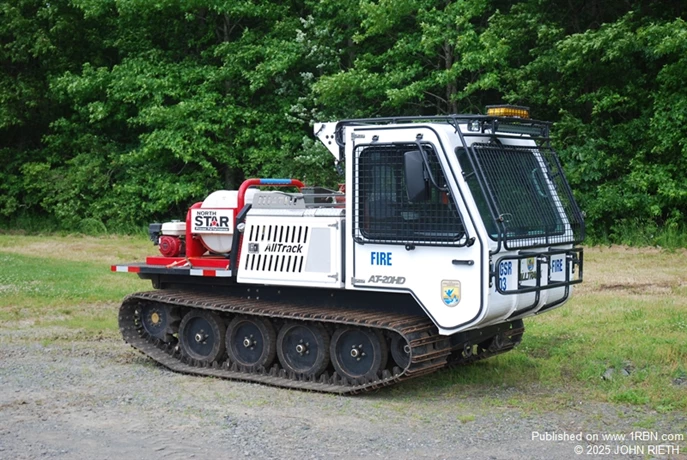
Photo by JOHN RIETHUS Fish & Wildlife Service 2022 All Track AT-20HD 75/200
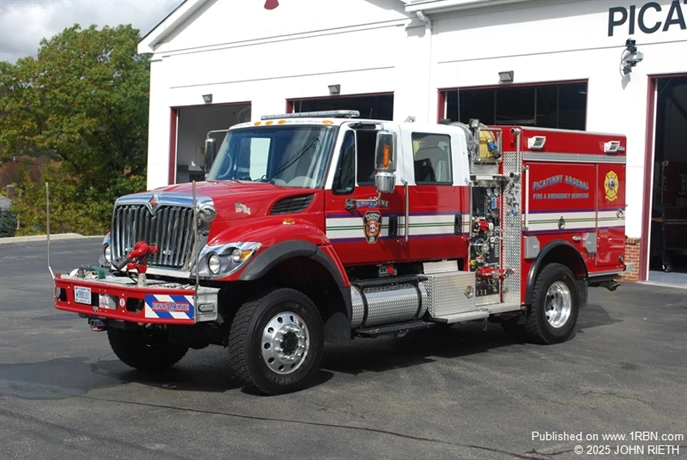
Photo by JOHN RIETHUS Army Picatinny Arsenal 2008 International/Pierce 500/500 Type 3X engine
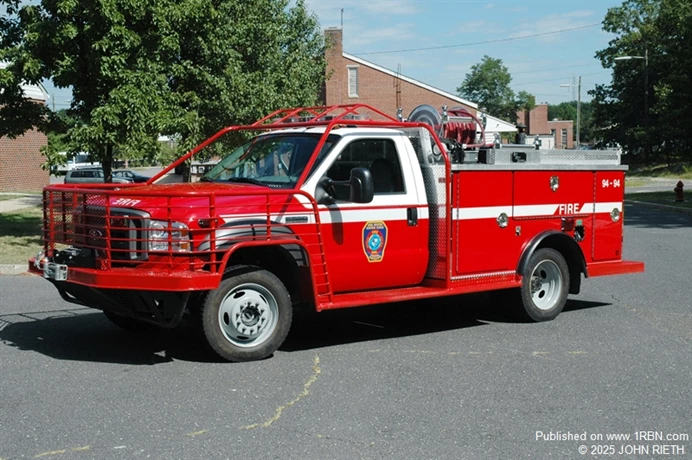
Photo by JOHN RIETHUS Navy NWS Earle Fire & Rescue 2005 Ford F-550/BME 200/350 Type 6x
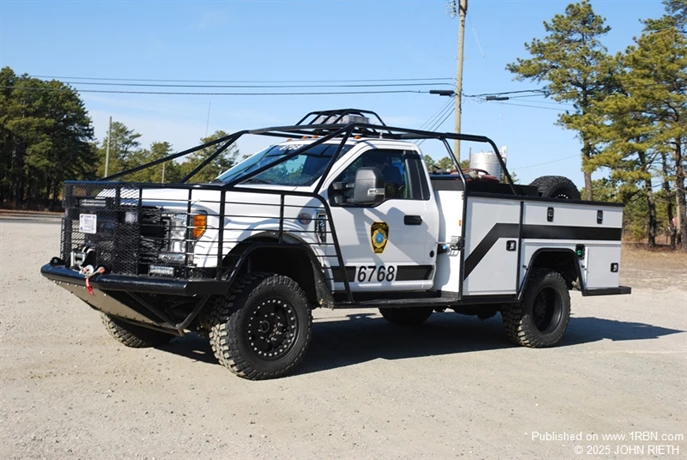
Photo by JOHN RIETHUS Air Force Joint Base McGuire Dix Lakehurst 2019 Ford F-450/Kaphide/Patriot 250/225
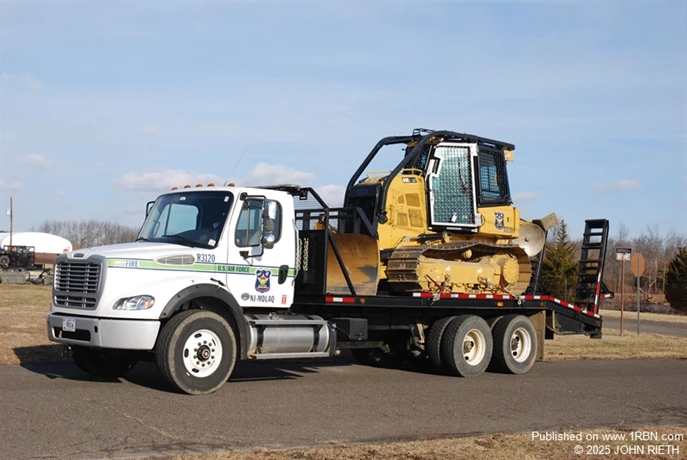
Photo by JOHN RIETHUS Air Force Wildland Fire Module Joint Base McGuire Dix Lakehurst 2019 Freightliner w/ 2020 Cat D4 dozer with plow
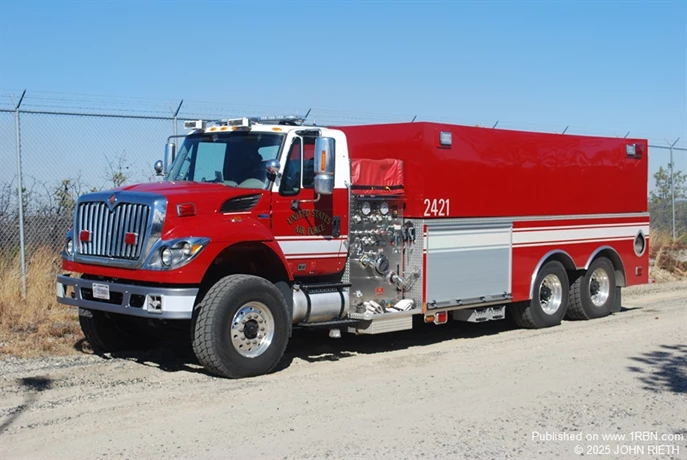
Photo by JOHN RIETHNational Park Service 2018 Ford F-350/BFX 110/300/12 Type 6x
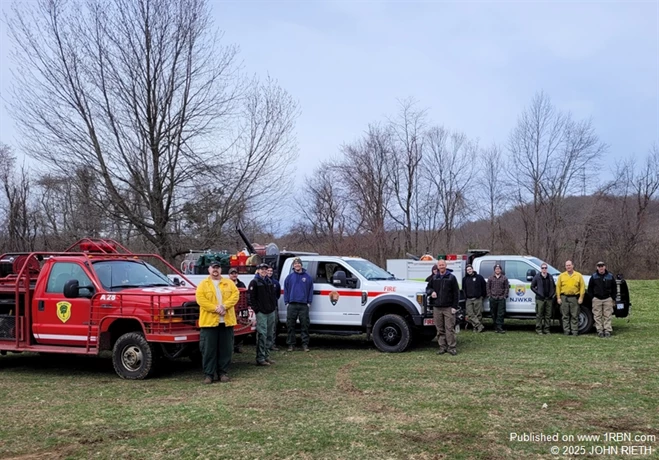
Photo by JOHN RIETHGroup shot of NJ Forest Fire Service, National Park Service, and the US Fish & Wildlife Service pose before a recent prescribe burn.
The New Jersey Forest Fire Service continues as the lead agency for wildland firefighting throughout the state, as they have since 1906. Wildland fire operations affect a host of agencies in every county and as well as other state agencies who have both direct or supporting roles during wildfires and emerging wildland urban interface (WUI) fires. In 2013, the New Jersey Forest Fire Service established the New Jersey Interagency Wildfire Group and is today known as the NJIWG, its mission is to “foster cooperation for wildfire suppression, pre-suppression, prevention, and training”. In the decade since its creation, the partnership has worked to find unique solutions for budget, manpower and equipment issues all affecting response and planning to overcome todays wildfire/WUI challenges that each agency faces.
The ultimate goal of the partnership is to provide the best wildfire protection to the residents, taxpayers, and visitors of New Jersey. One successful outcome that was developed from the group, was to establish a Federal Wildfire Taskforce, where each of the Federal Agencies/Fire Departments, when available, will provide manpower, equipment, and or apparatus to wildfires anywhere in New Jersey. Many cooperating agencies are also a part of this group. A unique example of the partnership is that the State Police Urban Search and Rescue Team has the ability to search wildfires for missing hikers and park visitors, as well as providing personnel for the firefighter Rapid Extraction Module. Known as REMS in wildland fire community, (it is the equivalent of a RIT team in the structural firefighting world). Besides responding to active fires many of the Federal and State agencies have been working together side by side to support prescribed burning operations throughout the state. Another successful project, is the wildfire highway traffic management plan, with the cooperation of the NJ Dept. of Transportation, State Police and State OEM, to assist with road closures, and traffic diversion during wildfires, and assisting of notifications during prescribe burning. An additional successful program involved the State Division of Fire Safety, Regional Fire Coordinators, and all 21 county Fire Coordinators. Each county has a county wildfire/WUI plan that includes taskforces and strike teams to respond with in each county, as well as to assist throughout the state. In recently 2023, 2024, as in early 2025, these taskforces were activated several times to assist a major/complexed wildland and wildland urban interface fires throughout New Jersey.
The Interagency Group, meets twice a year, and coordinates training, as well as participating in scheduled drills. The Federal Wildland Taskforce has operated on various wildfires, including the 2019 Spring Hill Fire, the 2023 Kanouse Fire, and the 2023 Jimmy’s Water Hole Fire, as well as the Jenning Creek Fire and the Craigmeur Fire as well as several others in 2024. Often, only a single resource from one of the federal agencies are requested, which do not require the entire taskforce will routinely respond to small fires. In addition, many of the Federal Agencies/ Federal Fire Departments have agreements whereby the closest forces respond to any wildfire regardless of jurisdiction. This arrangement can often have Federal Wildland resources arriving first to a fire in High Point State Park, or New Jersey Forest Fire Service engine being first due at Gateway National Recreation Area.
The State Division of Fire Safety’s Regional Fire Coordinators in cooperation with each county fire coordinator help establish, and maintain a county WUI/Wildfire plan for each county in New Jersey. With this cooperative effort, training, drills, and incidents are much better coordinated, and managed.
The Fire State Fire Marshal’s Fire Investigation Unit, State Police, State Park Police, State Conservation Police, and local law enforcement, as well as county and local Fire Marshals, and county Prosecutor’s Investigators participate jointly on origin and cause taskforces at major fires. Just recently the task force responded to several large fires in Ocean County. In 2022, the US. Alcohol Tobacco and Firearms fire investigation unit also assisted in an outbreak of wildfires, which is thought to be a first, during a wildland fire incident in New Jersey.
In addition, several of the participating agencies operate wildland fire apparatus, equipment, and have wildland trained fire fighters, including:
New Jersey’s Department of Health & Human Services Fire Rescue at both Ancora & Greystone Hospital Fire Departments, who each with a type 6x engine. The New Jersey Transit Police ESU operate their Hi-Rail Fire Apparatus which is equipped with fire suppression equipment.
New Jersey National Guard, 1st Battalion 150th Regiment support aerial firefighting with several Black Hawk Helicopters that hold Bambi Buckets for making water drops on wild fires.
The NJ. Air National Guard 177th Fighter Wing at Atlantic City International Airport, has one water tender and several small 4x4 crash trucks with Ultra High-Pressure fire pumps available. In addition, the Air National Guard at the Warren Grove Aerial Range, has 2 type 5 engines (2.5-ton 6x6), and a Cat D 6 Dozer in service In North Jersey, the Sports & Exposition Authority’s Meadowlands Fire Dept has one Type 6 engine.
Other state agencies that provide support at wildfires and or wildland urban interface fires have been State OEM, State All Hazard Incident Command Team, NJ State Police, NJSP USAR Team TASKFORCE 1, NJ State Police USAR Team’s Wilderness SAR unit, NJ Dept. of Transportation, and their OEM and Traffic Diversion Units. New Jersey Transit Safety, and NJ Transit Police ESU.
In addition, several Federal agencies that operate in New Jersey have wildland land fire apparatus, each of these federal Agencies are participating on the Federal Wildfire Taskforce. The U.S. Fish & Wildlife Service operates a Type 6x Wildland Engine, two ATVs with fire pumps and tanks, and a Tracked Machine, built by All Track, which carries 200-gallons of water. Nearby the National Park Service Operates Three Type 6x engines, as well as two ATVs with fire pumps and tanks.
Military partners throughout the state include the U.S. Army at Picatinny Arsenal in Morris County., whose fire department operates a type 3x engine, and a 3000-gallon type 2 support water tender. In Monmouth County, Navy Region Mid-Atlantic Fire Department at NWS Earle, operates one type 6x off road wildland engine, one type 6x engine, and one type 2 support water tender. The U.S. Air Force at Joint Base McGuire, Dix, Lakehurst Fire Department operates one type 2x engine (Interface Engine), Six type 6x off road engines, and two type 2 support water tenders.
Also at Joint Base MDL is the relatively newly created, U.S. Air Force Wildland Support Module which is operated by the US Fish and Wildlife Service. Currently the Module operates two type 6x engines, one type 5 Tractor Plow (Cat D4) and four ATVs with fire pumps and tanks. Also at Joint Base, the Natural Resources Division (Forestry) operates a type 6x engine, and a type 6 Tractor Plow (Cat D1). Various other agencies including the U.S. Coast Guard Cape May Fire Department are also involved in the Wildland Taskforce. The Princton Plasma Physics Lab Fire Department which is in the US Dept. of Energy operates a type 6x engine, and the US Veterans Admiration Lyons VA Hospital Fire Department has a type 1 engine with a 1200-gallon tank.
Other Federal Agencies also provide support to the Interagency Wildfire Group including, the National Weather Service (both Mt. Holly and Upton NY offices), US Forest Service Northeast Private and State Forestry Unit, US Forest Service Silas Little Experimental Forest Research Station in New Lisbon, Amtrak Railroad Fire Safety Unit, and the US Bureau of Alcohol, Tobacco, Firearms, and Explosives fire investigation unit.
Outside of New Jersey two partner agencies include the New York State Department of Environmental Conservation Forestry Region 3 (Orange and Rockland Counties). Across the Delaware River, Pennsylvania’s Department of Conservation and Natural Resources Forestry District 17 is located at the William Penn Forest and District 19 which operates out of the Delaware State Forest.
In 2021, the State and all of the Federal Land Use Agencies signed a new “Master Agreement”, which streamlined cooperation and assistance for wildfire/WUI fires. Because, of the New Jersey Interagency Wildland Fire Group, all of the member agencies have been working to improve wildfire/WUI fire protection thought out New Jersey. It has now been twelve years since this group was formed and the partnerships, friendships and allied fight against wildfire in New Jersey is stronger than ever before.








